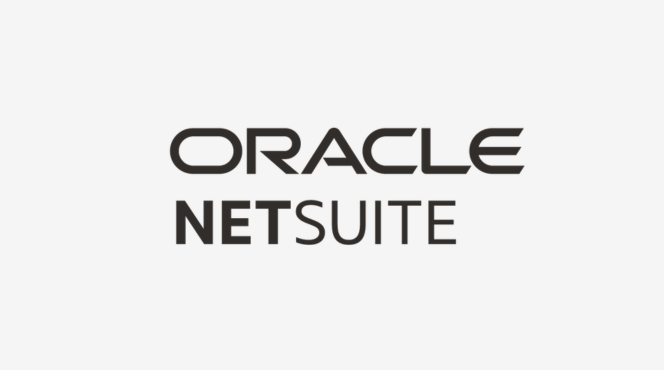Migrating data from a legacy system to NetSuite is a crucial step in ensuring a smooth transition and maintaining business continuity. Follow this structured process for an effective migration:
Step 1: Plan the Migration
- Assess Data: Identify the types of data to migrate, such as financials, customer records, inventory, or orders.
- Set Objectives: Define the goals for the migration, ensuring alignment with business needs.
- Prepare a Timeline: Establish key milestones, including data extraction, transformation, and validation.
Step 2: Cleanse the Data
- Remove duplicate, outdated, or irrelevant records from your legacy system.
- Standardize data formats (e.g., date formats, naming conventions) to match NetSuite requirements.
- Validate data accuracy to ensure reliable migration.
Step 3: Map Data Fields
- Compare fields in your legacy system with corresponding fields in NetSuite.
- Create a detailed data mapping document to ensure accurate field alignment.
- Account for custom fields in NetSuite by navigating to Customization > Lists, Records, & Fields > Record Types.
Step 4: Extract Data from the Legacy System
- Use the legacy system’s export tools to extract data in a compatible format (e.g., CSV, Excel).
- Verify that all required data is included in the export files.
Step 5: Transform Data for Import
- Use data transformation tools (e.g., Excel, ETL software) to align data structure with NetSuite.
- Address discrepancies, such as missing values or format mismatches.
- Save transformed data in NetSuite-compatible file formats.
Step 6: Import Data into NetSuite
- Navigate to Setup > Import/Export > Import CSV Records.
- Select the appropriate record type (e.g., Customers, Transactions, Items).
- Upload the prepared files and map the fields based on your data mapping document.
- Run the import process and monitor for errors.
Step 7: Validate the Imported Data
- Check sample records in NetSuite to confirm data accuracy.
- Run reports to verify totals, such as account balances or inventory counts.
- Address any discrepancies by correcting and reimporting specific records.
Step 8: Perform User Acceptance Testing (UAT)
- Allow key users to test workflows and ensure data integrity.
- Gather feedback on any issues or improvements needed.
- Resolve identified problems before going live.
Step 9: Go Live and Monitor
- Switch from the legacy system to NetSuite once testing is complete.
- Monitor system performance and data accuracy during the initial period.
- Train users to adapt to NetSuite’s features and interface.
By following these steps, you can ensure a successful migration to NetSuite while minimizing disruptions and preserving data integrity. Regular monitoring and iterative improvements will help maintain the system’s efficiency post-migration.
